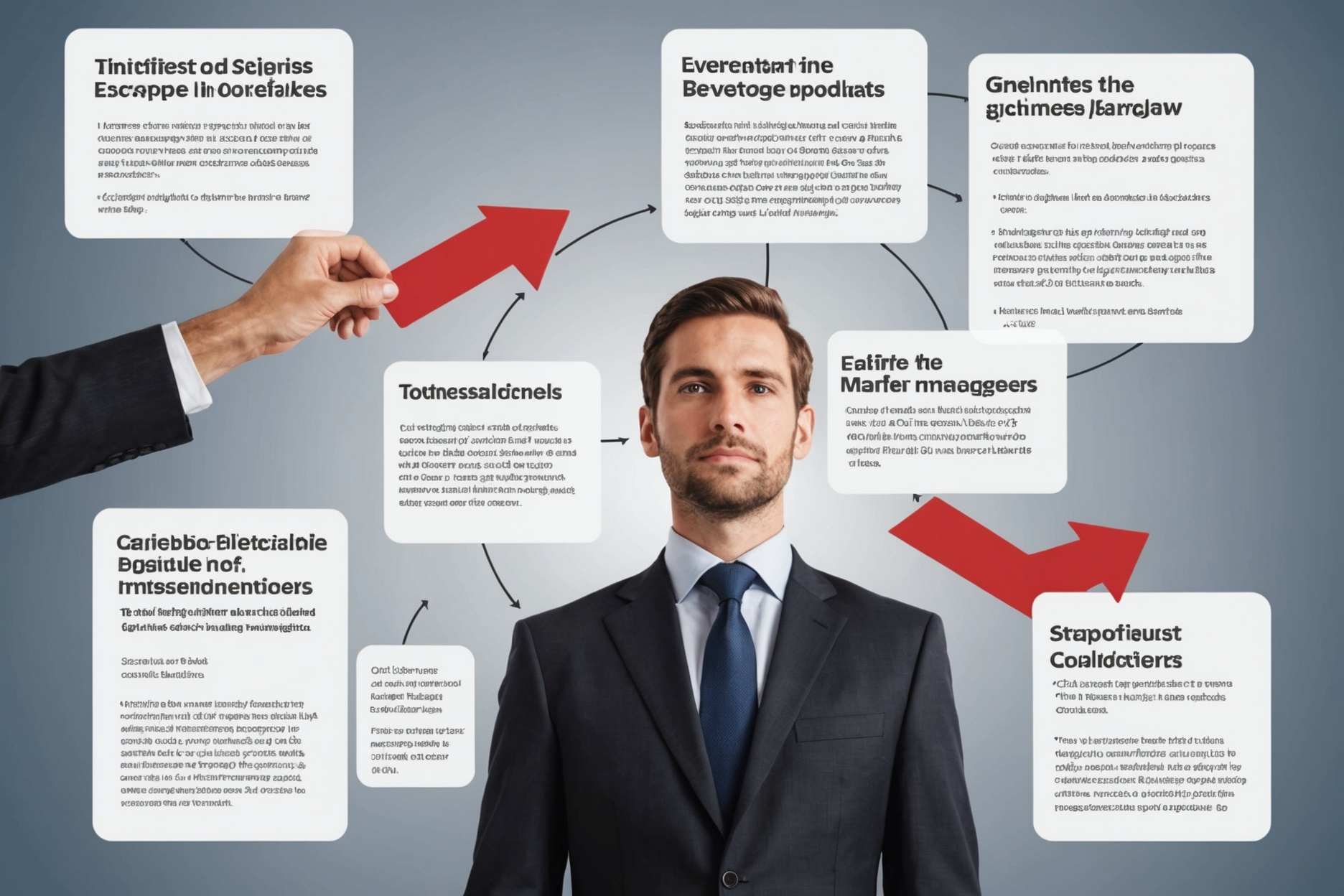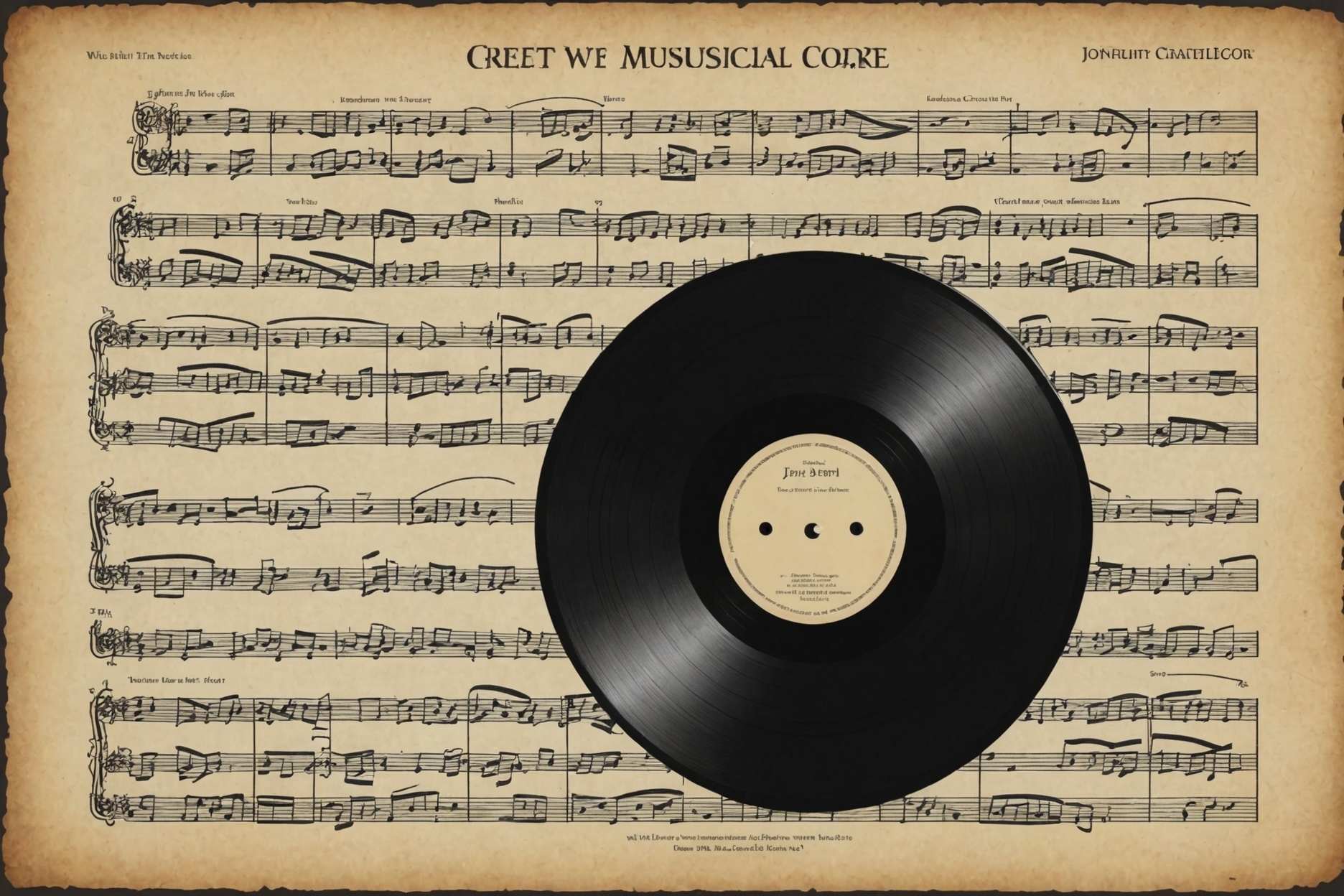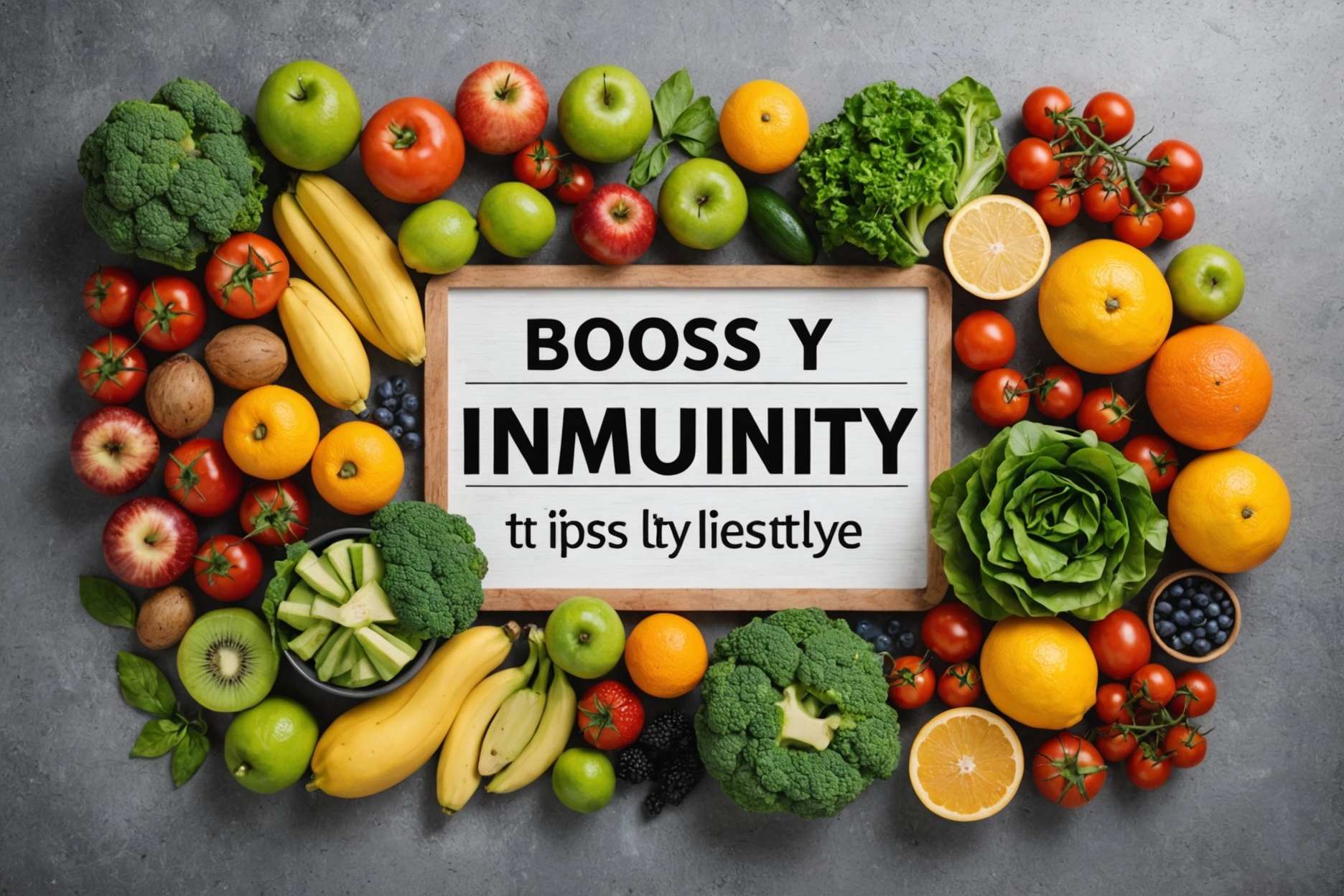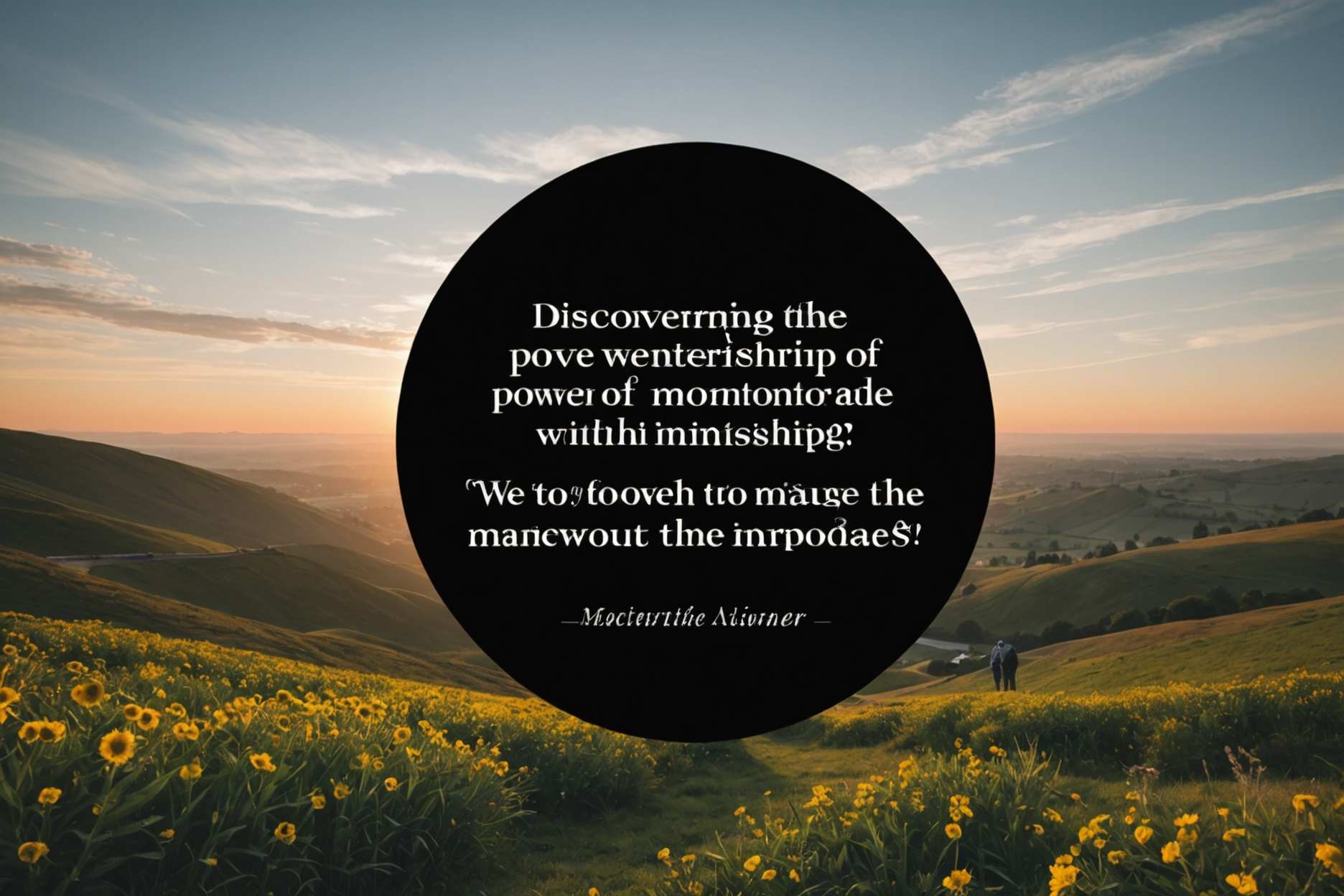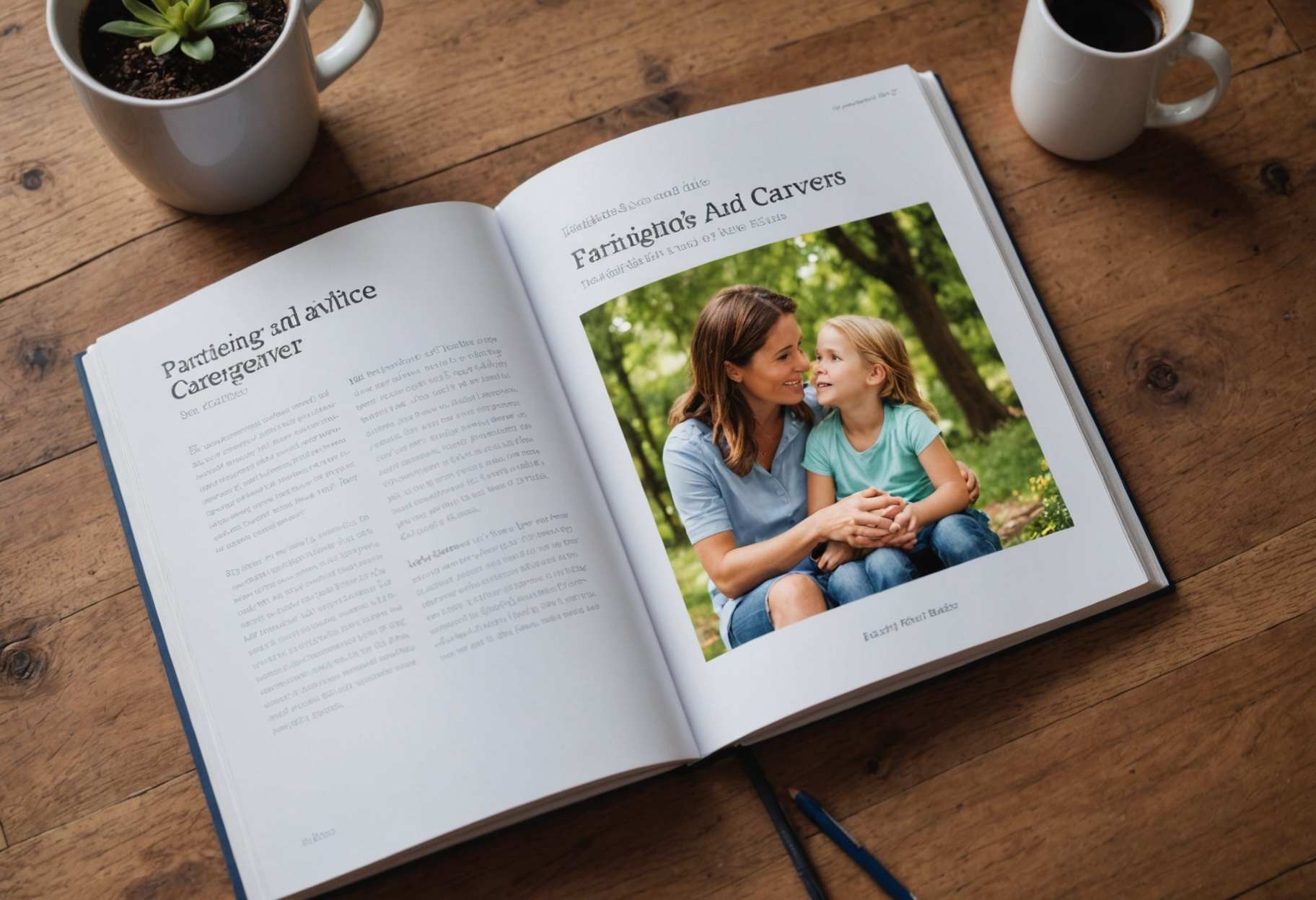From Overpowered to Coordinated: Individual Accounts of Cleaning up
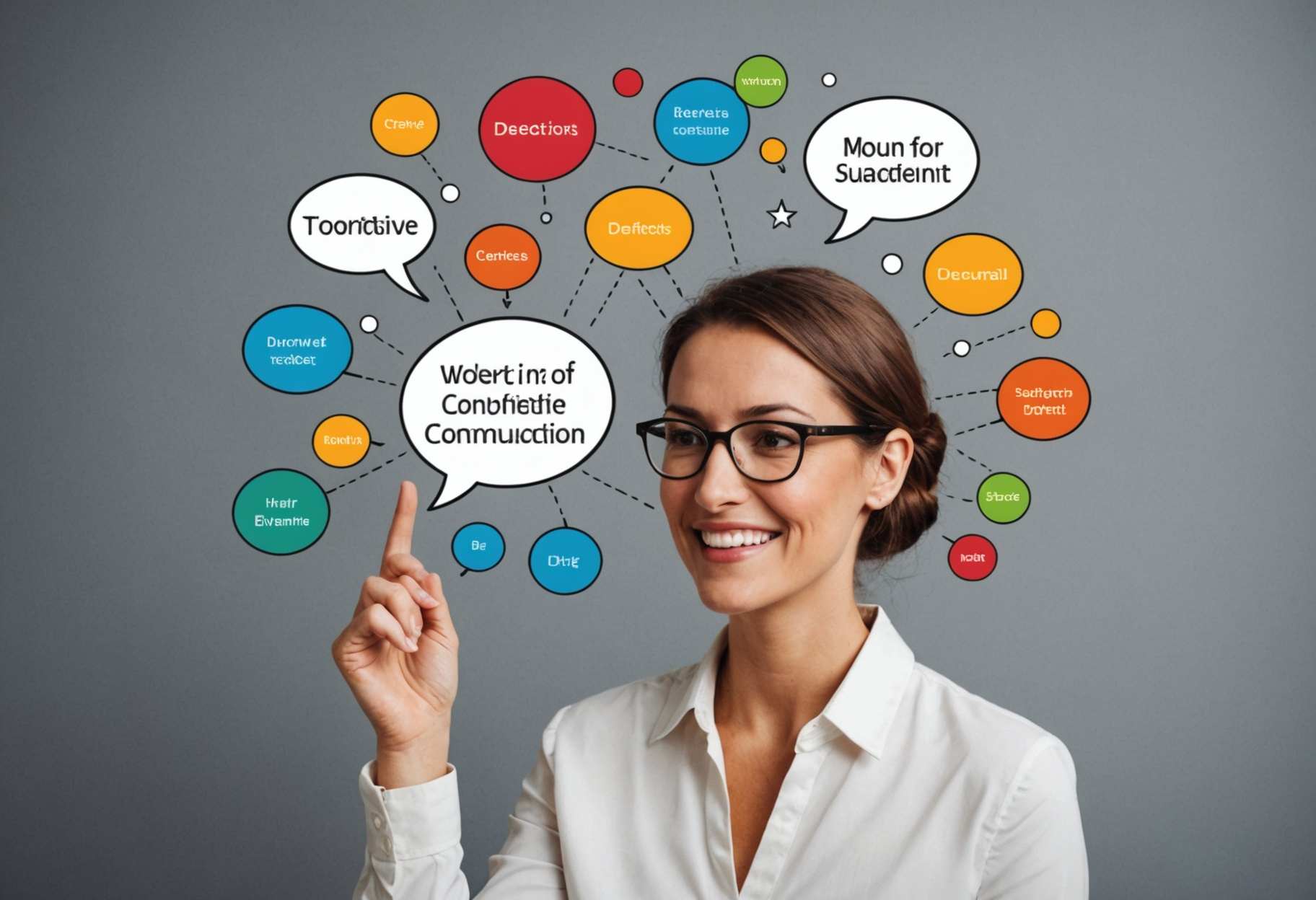
Viable correspondence fills in as the establishment for effective individual and expert connections. The strength of language reaches out past simple data sharing; it additionally develops figuring out, supports associations, and helps in compromise. In this article, we will dive into eight crucial ways to dominate viable correspondence.
1. **Be Clear and Concise**: Lucidity is fundamental for viable correspondence. Use straightforward, direct language to communicate your message. Avoid language or convoluted terms that might dumbfound your crowd. Go for the gold, is both clear and significant to guarantee your message.
2. **Listen Actively**: Correspondence is in a general sense a two-way trade. Participate in undivided attention by completely focusing on the speaker. Fight the temptation to hinder or form your answer while they are talking. Exhibit sympathy, perceive their sentiments, and approve their viewpoints.
3. **Use Sympathetic Language**: Compassion is an important part of correspondence. Utilize sympathetic language to exhibit your comprehension and respect for the other individual's sentiments and perspectives. Recognize their feelings and assert their encounters, whether or not you concur with them.
4. **Be Aware of Non-Verbal Communication**: Non-verbal signs, like looks, non-verbal communication, and vocal tone, are essential in correspondence. Be aware of your non-verbal signs and guarantee they compare with your expressed words. Keeping in touch, taking on an open stance, and utilizing a warm tone can essentially improve correspondence viability.
5. **Choose the Right Medium**: Survey the unique circumstance and reason for your correspondence while deciding the most appropriate medium. In-person discussions are ideal for complex conversations or delicate themes, while messages or messages might do the trick for brief updates or non-critical data.
6. **Seek Criticism and Clarification**: Urge your crowd to give input to affirm that your message has been gotten and perceived. Pose inquiries to check understanding and proposition explanations when fundamental. Laying out an open and responsive correspondence climate supports trust and common comprehension.
7. **Stay Quiet During Conflicts**: Conflicts are a characteristic part of human relations. While experiencing struggle, keep a cool head. Try not to utilize unforgiving or angry language that could compound the circumstance. All things being equal, focus on figuring out something worth agreeing on and cooperatively making progress toward goal through deferential discourse.
8. **Practice Careful Communication**: Care involves being completely taken part in the second and mindful of your viewpoints and feelings. Apply this idea to your correspondence by expressing yourself nicely, taking into account their belongings, and being aware of your sentiments and reactions during discussions. Careful correspondence energizes further associations and shared regard.
**Conclusion**:
The effect of words is significant, and compelling correspondence is an expertise that essentially improves the nature of our connections and connections. By sticking to these eight hints \x1 lucidity and succinctness, undivided attention, compassionate language, consciousness of non-verbal prompts, fitting medium determination, requesting criticism, keeping calm during clashes, and rehearsing care \x1 we can work on our capacity to interface with others, resolve debates, and develop positive connections. Dominating powerful correspondence improves our own lives and lays the preparation for progress in our expert interests. Allow us to saddle the force of words to encourage understanding, form trust, and advance amicability across all components of our lives.
1. **Be Clear and Concise**: Lucidity is fundamental for viable correspondence. Use straightforward, direct language to communicate your message. Avoid language or convoluted terms that might dumbfound your crowd. Go for the gold, is both clear and significant to guarantee your message.
2. **Listen Actively**: Correspondence is in a general sense a two-way trade. Participate in undivided attention by completely focusing on the speaker. Fight the temptation to hinder or form your answer while they are talking. Exhibit sympathy, perceive their sentiments, and approve their viewpoints.
3. **Use Sympathetic Language**: Compassion is an important part of correspondence. Utilize sympathetic language to exhibit your comprehension and respect for the other individual's sentiments and perspectives. Recognize their feelings and assert their encounters, whether or not you concur with them.
4. **Be Aware of Non-Verbal Communication**: Non-verbal signs, like looks, non-verbal communication, and vocal tone, are essential in correspondence. Be aware of your non-verbal signs and guarantee they compare with your expressed words. Keeping in touch, taking on an open stance, and utilizing a warm tone can essentially improve correspondence viability.
5. **Choose the Right Medium**: Survey the unique circumstance and reason for your correspondence while deciding the most appropriate medium. In-person discussions are ideal for complex conversations or delicate themes, while messages or messages might do the trick for brief updates or non-critical data.
6. **Seek Criticism and Clarification**: Urge your crowd to give input to affirm that your message has been gotten and perceived. Pose inquiries to check understanding and proposition explanations when fundamental. Laying out an open and responsive correspondence climate supports trust and common comprehension.
7. **Stay Quiet During Conflicts**: Conflicts are a characteristic part of human relations. While experiencing struggle, keep a cool head. Try not to utilize unforgiving or angry language that could compound the circumstance. All things being equal, focus on figuring out something worth agreeing on and cooperatively making progress toward goal through deferential discourse.
8. **Practice Careful Communication**: Care involves being completely taken part in the second and mindful of your viewpoints and feelings. Apply this idea to your correspondence by expressing yourself nicely, taking into account their belongings, and being aware of your sentiments and reactions during discussions. Careful correspondence energizes further associations and shared regard.
**Conclusion**:
The effect of words is significant, and compelling correspondence is an expertise that essentially improves the nature of our connections and connections. By sticking to these eight hints \x1 lucidity and succinctness, undivided attention, compassionate language, consciousness of non-verbal prompts, fitting medium determination, requesting criticism, keeping calm during clashes, and rehearsing care \x1 we can work on our capacity to interface with others, resolve debates, and develop positive connections. Dominating powerful correspondence improves our own lives and lays the preparation for progress in our expert interests. Allow us to saddle the force of words to encourage understanding, form trust, and advance amicability across all components of our lives.
Share this article
 Instructions to Pick the Ideal SUV Size for Seniors
Instructions to Pick the Ideal SUV Size for Seniors Computerized Domains d: A Survey of \Vivid Undertakings\ Computer generated Reality Game
Computerized Domains d: A Survey of \Vivid Undertakings\ Computer generated Reality Game The 10 Most Noteworthy Games in History
The 10 Most Noteworthy Games in History 5 Morning Schedules That Empower Your Day
5 Morning Schedules That Empower Your Day Help Your Insusceptibility: Good dieting and Way of life Tips
Help Your Insusceptibility: Good dieting and Way of life Tips Finding the Force of Mentorship: Self-awareness Through Direction
Finding the Force of Mentorship: Self-awareness Through Direction Top 15 Online Entertainment Stages for Individual Marking
Top 15 Online Entertainment Stages for Individual Marking Exploring Being a parent: A Survey of \Bits of knowledge and Guidance for Guardians\ Nurturing Book
Exploring Being a parent: A Survey of \Bits of knowledge and Guidance for Guardians\ Nurturing Book Vote in favor of your #1 sort of juice
Vote in favor of your #1 sort of juice


